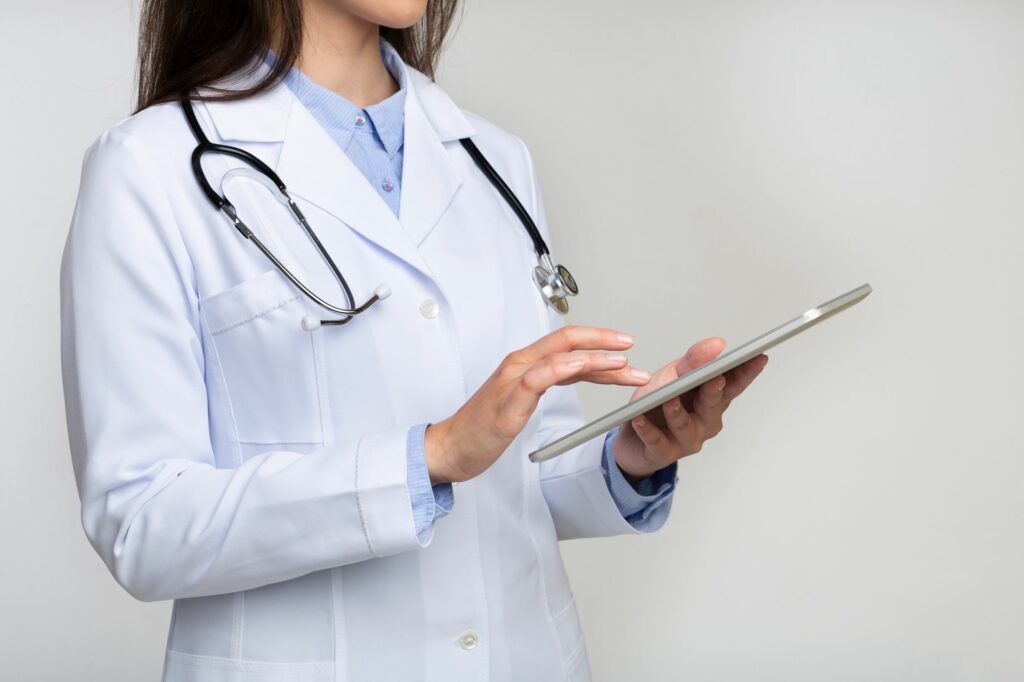From the COVID-19 vaccine to technological advancements, experts anticipate a drastic shift to “patient-centric” health in 2021.
The healthcare industry had been aiming to be patient-centric for the past decade but only the harsh demands of COVID-19 pandemic have turned it into a reality. This includes global distribution of COVID-19 vaccines, improved data sharing and operationalized artificial intelligence (AI), and machine learning technology (ML).
Here are some predictions on how technological advancement will impact this year— 2021.
The global distribution of COVID-19 vaccine
COVID-19 vaccine is said to be the fastest vaccine developed in medical history.
As of December 2020, there are three COVID-19 vaccines for which certain national regulatory authorities have authorized the use.
According to the World Health Organization (WHO), large studies of 5 vaccine candidates for efficacy and safety results, including these three (and for Moderna and AstraZeneca), have been publicly reported through press releases. AstraZeneca has published results in the peer reviewed literature. WHO expects more such reports in the near future. It is likely that additional candidates will be submitted to regulatory authorities for approval. There are many potential COVID-19 vaccine candidates currently in development.
WHO is working with partners around the world to accelerate every step of approval and distribution process, while also ensuring the highest safety standards are met.
Increased demand for telemedicine
The demand for telemedicine rises incredibly quickly as COVID-19 sweeps through different nations.
Telehealth appointments have become idea for a pandemic— patients can be monitored at home, receive a referral for a diagnostic test, or get a treatment plan without having to physically visit clinics or hospitals.
In 2020, many barriers to telemedicine were finally torn down. Regulatory and infrastructure demands that had previously been insurmountable are finally being solved. This includes changes in reimbursement policy and the implementation of hospital-at-home programs.
In the earliest days of the pandemic, many patients with chronic disease or ongoing health issues delayed care due to fear of cross-infection or the lack of available health services due to an overflow of coronavirus patients in their area.
Now that hospitals and medical offices learned how to treat those coronavirus patients, non-emergent and ongoing care for chronic diseases are picking up once again owing to telemedicine.
Better remote patient monitoring (RPM)
With the increasing demand for telemedicine, healthcare providers need a method to collect vital signs and other patient data from a remote location, and that’s where remote patient monitoring (RPM) plays a huge role. Internet-connected medical devices such as glucose meter, thermometer, pulse oximeter, and smartwatch can provide data for RPM.
DrKumo, a leader of Next-Gen RPM solution, has medical devices powered by sensor fusion technology— an advanced way to bring together patient-generated health data from multiple wireless medical devices, which are continuously transmitted to a secure intelligent cloud service, allowing health care providers to keep an eye on the patients’ conditions wherever they are and take proper medical intervention when needed.
Improved wireless technology and 5G connectivity
Wireless networks have become even more crucial in 2020 as people heavily relied on wireless communication devices to contact their families, friends, and colleagues. This concept also goes with COVID-19 patients who communicated remotely with their loved ones during their confinement in the hospital.
In 2021, improved Wi-Fi connection and the advent of 5G will be keys to keeping digital healthcare activities up and running. As for IoT enablement of devices, wireless technologies have alleviated some of the problems associated with monitoring patients that live in remote areas. Wireless networking eliminates the physical limitations on networking imposed by old-fashioned wired technologies like Ethernet and USB.
Connected and protected workforce
Clinician burnout – this has been the problem listed in the challenges faced daily by physicians and nurses at Health 2.0 in September 2019. The root causes included onerous documentation requirements, boilerplate electronic health records and the “monster burdens” of prior authorization and compliance with too many overlapping quality measures. In recent months, there’s been yet another factor—fear of infection.
Covid-19 causes fatigue, depression and fear among clinicians and other frontliners— causing many to leave the profession. On the other hand, many experts believe that a brighter future is about to start through the collaboration among legislators, hospitals, and technology companies to ensure that care teams are equipped with the right tools to treat patients safely and effectively.
With the demand for telemedicine and RPM technologies, medical workforce can connect with their patients remotely. Moreover, hospitals treating COVID-29 patients will have enough beds, facilities, and PPEs.









